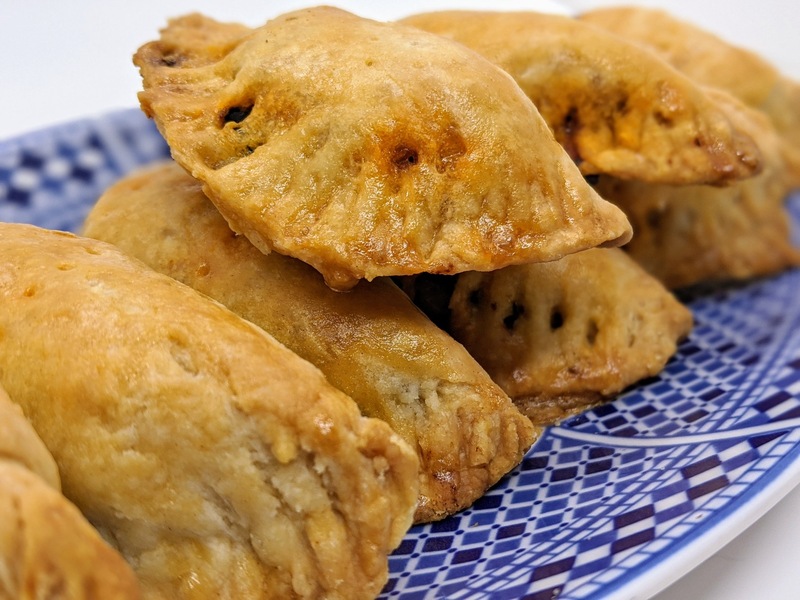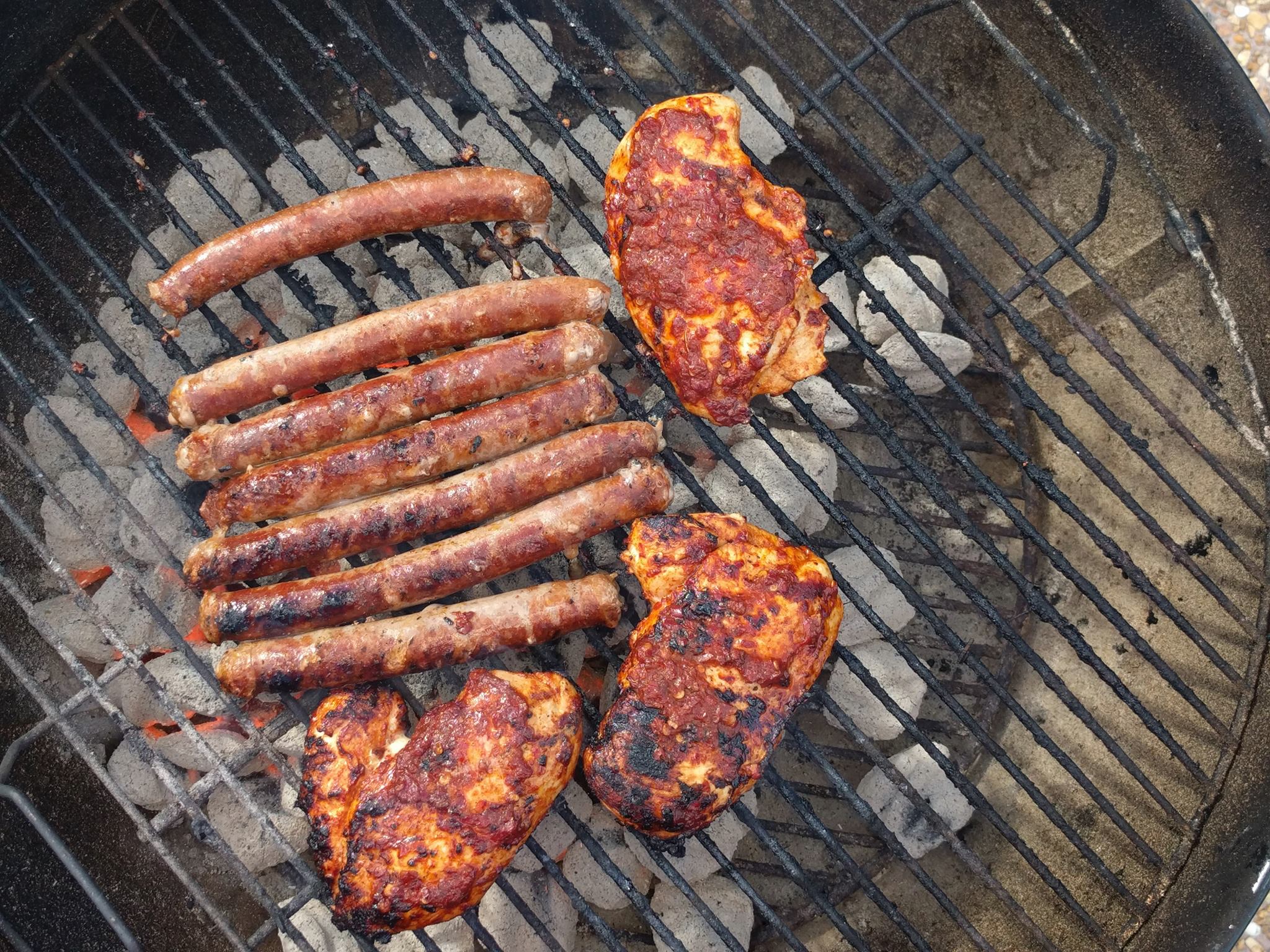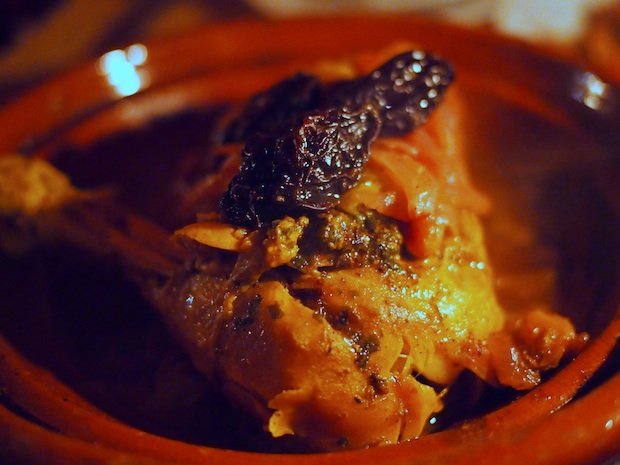Chicken and Olive Empanadas
Who doesn’t like empanadas? Even better are Peruvian Chicken and Olive Empanadas. The aroma of the light crispy dough is delightful. That first bite into the juicy chicken and olive filling tantalizes the taste buds. And they aren’t difficult to make. In fact, the biggest challenge will be restraining yourself to just one.
Chicken and Olive Empanadas Recipe
Empanadas are also known as meat turnovers. They were introduced by the Spanish during the colonial period. However, they were later modified as a result of lack of Spanish ingredients. Some of these ingredients included such as olive oil, codfish and smoked paprika.
In Peru, empanadas are filled either with chicken, beef, or cheese. Olives, and sometimes hard boiled eggs and raisins gives them a unique taste. We used ground chicken and black olives for this recipe. And they were definitely worth the effort.

Peruvian Chicken and Olive Empanadas
DESCRIPTION
INGREDIENTS
Ingredients
For the empanada dough
- 4 cups wheat flour
- 3 tablespoons margarine (or olive oil)
- 1 1/2 cup water
- 1 teaspoon yeast
- 1 teaspoon salt
For the filling
- 1 onion (chopped)
- 1 clove garlic (minced)
- 1 pound chicken breast (shredded or ground chicken breast)
- 1/4 cup vegetable oil
- 1 teaspoon salt
- 1 teaspoon black pepper
- 1 teaspoon paprika
- 1 cup water
- 1 teaspoon turmeric
- 1 teaspoon hot sauce
- 1 tablespoon Worcestershire sauce
- 10 black pitted olives
- 1 egg white to brush
INSTRUCTIONS
INSTRUCTIONS
For the dough
- Put the wheat flour, salt, yeast, margarine and water in a bowl. Mix for 5 minutes making a soft dough and set aside.
For the chicken
- Heat the olive oil in in a saucepan and sauté the onions and garlic.
- Add the chicken, salt, pepper, the hot sauce, paprika, black olives and Worcestershire sauce.
- Cook for 10 minutes over medium-high heat and stir continuously.
For the empanadas
- Roll the dough out flat and cut into small circles (you can either use a glass for this).
- Put the chicken mixture in the center of each circle of dough.
- Fold the dough around the chicken and seal the filling using a wet fork, pressing around the outer edge.
- Brush the dough of the empanadas with the egg white.
- Place the empanadas in a preheated 300º oven for 15 minutes until they are slightly golden brown.
- Let them cool for around 10 minutes before eating them.
NUTRITION
How We Selected the Peruvian Chicken and Olive Empanadas Recipe
I’m sure you must be wondering how we decided on selecting the Peruvian Chicken and Olive Empanadas recipe.
The answer is simple. Every chef and cook needs inspiration at some time. Some more than others and I’m no exception. Between being quarantined during this coronavirus outbreak and summer, I had to get creative!
After some thought, we came up with the idea to select a new, random country every week. Then, we recreate that country’s traditional dishes. The only rule is that the meal has to include an appetizer, main course, sides or salads and a dessert. It’s been a lot of fun and educational as well.
This week, a spin of the globe landed us in the Republic of Peru. I have to admit my knowledge of Peru was very limited. In fact, my only experience with Peru stemmed from back in the early 1990s. The government had awarded us a contract to install a nationally interconnected satellite communications system that would provide multiple locations with real-time dog-race betting.
My brother headed our year-long project and spent much time there. He fell in love with the country and its people. Since we primarily dealt directly with the government, I only envisioned Amazon jungles, Andes mountains and descendants of the indigenous Incas. So, I thought to myself, how sophisticated could Peruvian dishes really be? I was in for an education.
more about Peru…
GEOGRAPHY

“Peru is the third largest country in South America, after Brazil and Argentina. It is made up of a variety of landscapes, from mountains and beaches to deserts and rain forests. Most people live along the coast of the Pacific Ocean, where the capital, Lima, is located.
Along Peru’s west coast is a narrow strip of desert 1,555 miles (2,500 kilometers) long. Ancient people, called the Chimú and the Nasca, first inhabited this region thousands of years ago. The coastal desert makes up only about 10 percent of Peru, but it is home to more than half of all Peruvians.
The world’s largest rain forest, the Amazon, covers nearly half of Peru. Called the selva in Spanish, this huge jungle, which also covers half of Brazil, is home to plants and animals that do not live anywhere else on Earth. Some scientists think there may even be Indian tribes there that have never seen the outside world.
The second highest mountain range in the world runs through Peru. These peaks, called the Andes, are so tall and forbidding that the ancient Inca people thought they were gods. They run from north to south and can be seen from Peru’s beaches 50 miles (80 kilometers) to the west. The highest peak, Mount Huascarán, is 22,205 feet (6,768 meters) high.
PEOPLE & CULTURE
The people of Peru are a mix of many different cultures, including Indians, Spaniards and other Europeans, descendants of African slaves, and Asians. Until recently, most people lived in the countryside. But now, more than 70 percent live in cities. Most Peruvians follow the Catholic religion introduced by the Spanish.
NATURE
Because it has so many different ecosystems, Peru is home to a wider variety of plants and animals than most other countries on Earth. For many reasons, Peruvians have not had as much of an impact on their natural world as many other countries, and much of these ecosystems have been undisturbed.
A 250-acre (100-hectare) plot of Peruvian rain forest is home to more than 6,000 kinds of plants! There are hundreds of species that are only found in the Amazon. To protect these plants and animals, Peru has created special forest areas called reserves.
On the Pacific Coast, many interesting plant and animal species have adapted to the dry desert climate. And off the coast, the Peru Current nourishes huge numbers of small fish, which in turn support large populations of bigger fish and seabirds, including Humboldt penguins.
Peru’s mountains support special types of grasses and plants, which provide food for mammals like llamas, alpacas, and vicuñas. One plant that grows in the Andes, the puya raimondi, grows for a hundred years before blooming.

PERUVIAN FLAG
GOVERNMENT & ECONOMY
Peru is a constitutional republic, with a president, a congress, and a supreme court. Peruvians are required to vote by law. Presidents serve five-year terms and can only be elected twice in a row.
Peru is one of the richest countries in the world in terms of natural resources. Gold, silver, copper, zinc, lead, and iron are found across the country, and there are reserves of oil and natural gas. Even so, jobs there can be very hard to find, and Peru remains one of the world’s poorest countries.
HISTORY
Peru is a very old country. The earliest inhabitants arrived there about 15,000 years ago. Societies emerged on the west coast more than 5,000 years ago and began to spread inland. These included the Chavín, the Moche, and the Nasca.
One of the most important Peruvian cultures was the Inca, who lived in Peru around 600 years ago. Their capital, Cusco, is still a major city today. The Inca also built Machu Picchu, a famous and mysterious ancient city in the Andes. They thrived for centuries before being conquered by the Spanish in 1532.”
Try the Kosher Cowboy’s other recipes from Peru.



